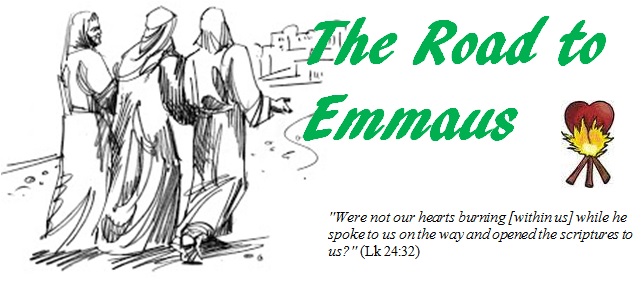In the gospel of John, he refers to himself as ‘the other disciple
whom Jesus loved.’ I like that he
includes himself as part of the group, but the intimation is there that he felt
he was ‘special’. Was that John’s role in the group of followers?
Since Jesus was fully human, He must have needed the comfort
and support of a friend He could trust and relax with just like the rest of us.
Did John tease Jesus and make Him laugh? Did he just listen when things were
tense? It’s obvious that they prayed together but did they relax over a beer or
a glass or wine? I try to envision Jesus and John as human pals instead of simply
‘Master’ and ‘servant’. What kind of a guy was John that gave him a unique
place among the Disciples?
We get a feel for John’s wish to share his friendship with
Jesus in the first reading in which he invites us into fellowship with “the
Father and with his Son, Jesus Christ.”
There was nothing selfish in this friendship – rather a desire to share
it with generations to come. While we can’t hang out with Jesus as John did, we
can emulate his qualities that will help us find friendship with Jesus.
I find him to be a person whom I would like to imitate in
his faithfulness and devotion to
Jesus.
First and probably most important, he was loyal. When the
others deserted Jesus on the cross, John was there, taking care of Mary. Jesus
must have known that he could count on John under the worst of conditions. Like
John, if we want to be friends of Jesus, we must be faithful and care for
others. That kind of faithfulness can take courage such as John exhibited in
refusing to desert Jesus when others did.
When he finally entered the empty tomb, "he saw and
believed." In these simple words
St. John tells us a lot. He tells us
that the arrangement of the burial cloths and the head covering that had
covered the body of Jesus led him to understand that grave robbers had not been
at work here. It also led him to
conclude that the Roman authorities had not moved the body of Jesus. If either grave robbers or the Romans had
moved the body, they would not have removed the burial cloths and the head
covering. And they would not have undone
the work of Nicodemus and Joseph of Arimathea to embalm the body. John realized all these things as soon as he
entered the empty tomb. This
demonstrates St. John's perceptiveness. Neither St. Peter nor Mary Magdalene was able
to draw such a conclusion. Indeed, Mary
speaks as though convinced that someone had moved the body.
St. John listened very carefully to the words and teaching
of Jesus. On this occasion he must have
recalled the words of Jesus when He predicted His Resurrection. He was also a faithful disciple of Jesus who
was absolutely convinced that following Jesus was the most important thing in
his life. And so, because of what he saw
and what he believed, St. John concluded that Jesus Himself had somehow
arranged for the empty tomb, and that He had indeed risen.
The others believed when they saw the risen body of Jesus on
that first Easter day. Mary Magdalene
saw Jesus in the garden after Peter and John had left. The disciples on the road to Emmaus saw
Jesus that evening. St. Peter and the
other apostles (except Thomas) saw Jesus that night in Jerusalem. But St. John came to believe when he entered
the empty tomb on Easter morning, hours before his first sight of the Risen
Lord that night. For me, there is deep
meaning in the words of St. John when he says very simply: "he saw and
believed." During his life St. John
gave us a very attractive example of how to follow Jesus. Today on his feast we ask St. John to help us
to follow his example and to have the kind of faith and devotion to Jesus that
he did.


No comments:
Post a Comment